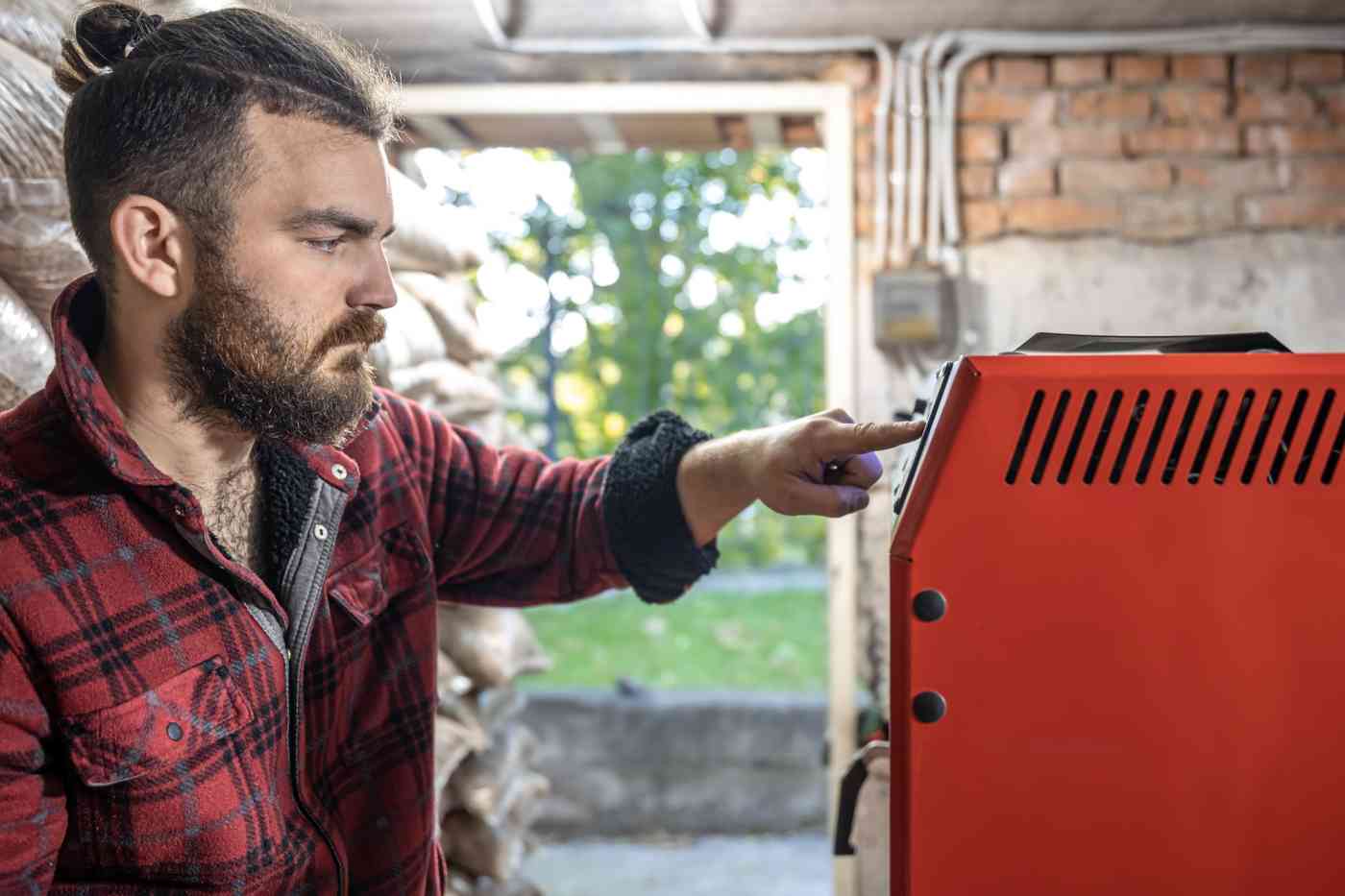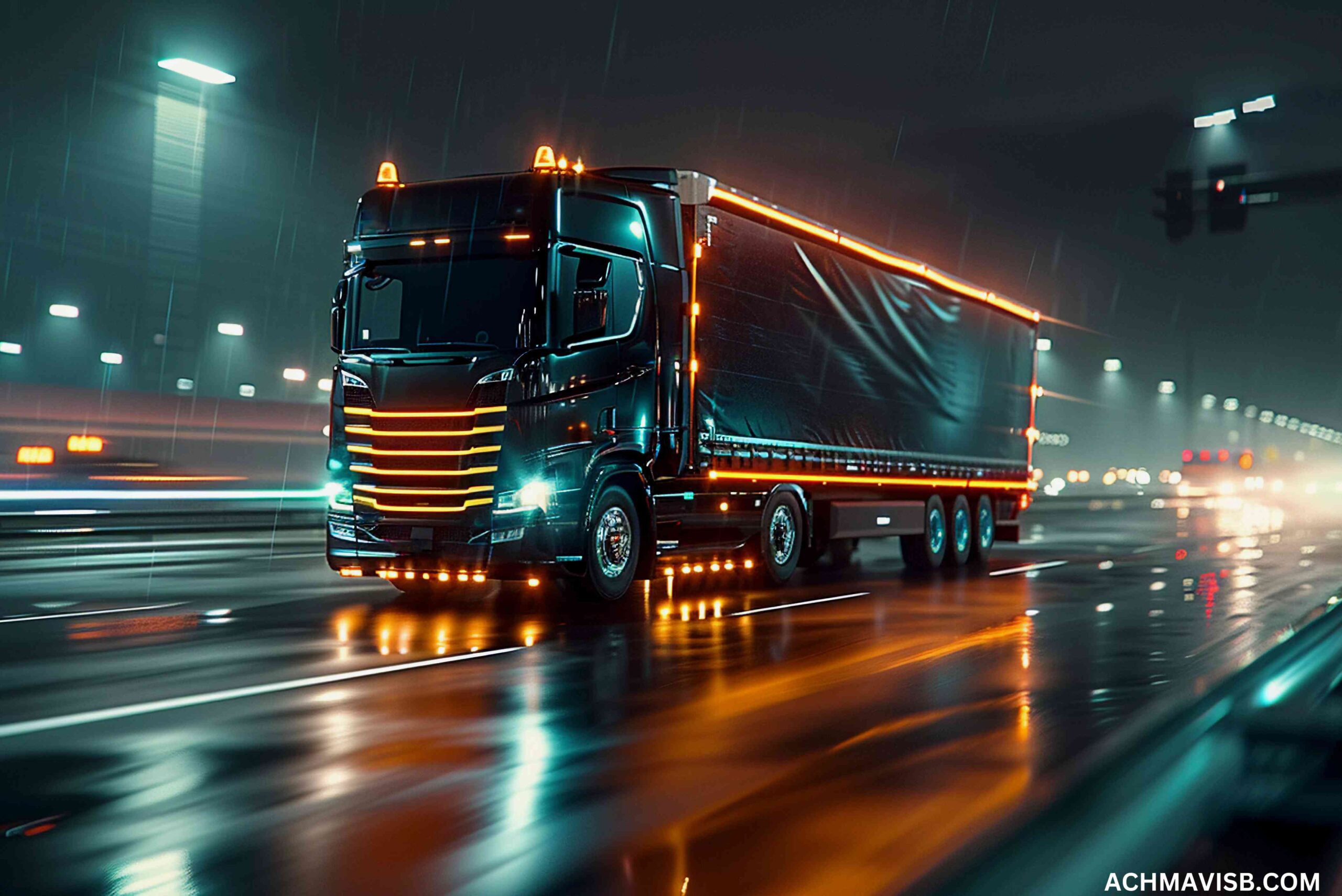Tactical Helmet Cameras: Enhancing Situational Awareness and Safety

Advanced recording devices have been manufactured for military, law enforcement, emergency response operations, sports events, etc. A tactical helmet camera is fitted on the helmet and offers real-time hands-free video footage. This cam works in high-stakes environments such as situational understanding, transmission, or documentation.
In this blog, we will wrap the features of CombatEye tactical helmet cameras and their precise use in military operations, law enforcement, sports, and firefighting emergency response. You will also round up the challenges and considerations regarding these advanced devices as you go further:
Table of Contents
ToggleKey Features of Tactical Helmet Cameras
Tactical cameras carry indispensable features given below:
- Real-Time Streaming and Data Sharing: Tactical helmet cameras showcase live streaming capabilities. These cams yield real-time transmission to command centers, and captains monitor ongoing operations to make informed decisions. 4G/Wi-Fi is the staple of tactical cams for instant connection.
- High-Definition Recording: from HD to up to 4K recording to provide detailed footage of fast-moving scenarios.
- Hands-Free Operation and Mic: users focus on the task, while microphone record sounds surrounding atmosphere.
- GPS and SOS: The device mainly focuses on safety, so the GPS tracker is also infused in tactical cams. Users utilize this feature when working on large-scale operations where tracking exact locations is of key importance or mandatory. The SOS button also works for emergency response in any distress situation.
- Extended Battery Life: CombatEye tactical helmet camera has a 4000mAh built-in battery to record any event including Sports, military operations firefighting situations, etc. for more than 10 hours. With this revolutionized cam, you can work continuously without being worried about power-scarce environments.
- Rugged and Weatherproof Design: The helmet cam aims to perform well in harsh conditions, which is why these cams are shockproof, dustproof, and weatherproof.
- Night Vision and Low-Light Capabilities: Infrared sensors and low-light technology enhance the performance of tactical cams. With low-light processing, users take clear footage in a dimmed environment. These devices are commonly used for night operations, rescue, or searching missions.
Practical Use of Tactical Helmet Cameras
Military Operations
Live footage of helmet cams can enable commanders understand the battlefield, and they adapt strategies according to the situation. Real-time conditions analysis increases the chances of success in critical missions.
In controversial situations, footage of tactical helmet cameras clarifies what happened in particular conditions for legal review. A tactical cam is the best device to promote accountability.
Recorded footage is highly valuable, and used in post-mission analysis and training purposes. The military uses these helmet cams to document enemy tactics, terrain situations, and the output of attacks or movements. With the hassle-free footage, they analyze intelligence gathering to understand the battlefield.
Law Enforcement
Law enforcement departments can use CombatEye tactical cams to take real-time footage of raids, hostage rescues, or counter-terrorism. Command centers lead the unpleasing situation and give instructions for successful operations through live video streaming.
Officers can use tactical helmet cameras for their safety when they engage with suspects. Through real-time recording, they can defend false accusations and clarify a series of events in need of confrontation.
Firefighters and Emergency Response
Tactical cams can play a vital role in emergency scenarios. For example, in firefighting situations, smoke reduces visibility, and this is the point where tactical helmet camera work. Firefighters monitor structural damage or victim location from a safe distance, they are able to make better decisions and effectively save the victim.
In rescue operations, rescuers document the challenging situation by providing valuable footage. Through detailed analysis, rescue commanders lead the rescue team and improve future mission outcomes.
Challenges and Considerations
Besides the various benefits of tactical helmet cameras, some challenges need consideration. First and foremost is the amount of data. When there is a long mission, these cameras can produce several hours of footage, which needs significant digital storage and time for processing and analysis.
Though tactical cams show robust manufacturing they must function flawlessly in dangerous conditions. Engineers have to consider making robust field-tested components of cams to tackle rigorous environments.
The last but major concern is privacy. When law enforcement departments use military helmet cameras, they have to strike balance between transparency and civilians’ privacy when they work on private spaces.
Conclusion
A tactical helmet camera is an invaluable device used to perform high-stakes tasks. But, it is not limited to military forces or law enforcement departments. Everyone can use this advanced technology in their own unique ways. As the technology continues to grow, it is better to understand the value of CombatEye tactical helmet cams by using them in a productive way. We will further see the advanced features, and improvement in helmet cams as the engineers and manufacturer are continuously working towards its upgradation.



